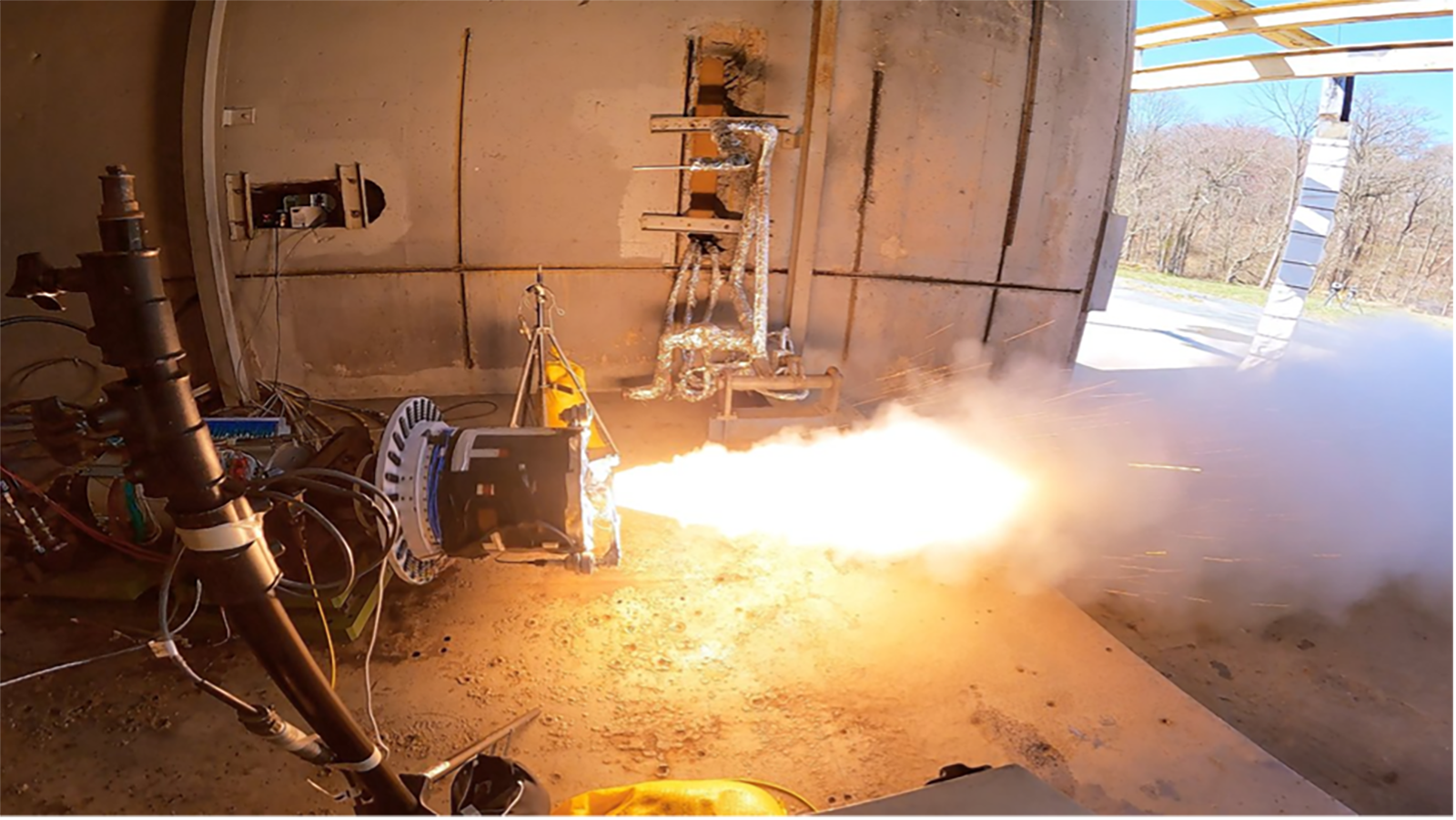Stay Up to Date
Submit your email address to receive the latest industry and Aerospace America news.
The Solid Rockets Technical Committee studies techniques applied to the design, testing and modeling of rocket motors based on solid propellant grains.
The year’s top achievements in space would not have been possible without solid rocket boosters. These boosters were crucial to missions including cargo resupply, lunar exploration, satellite deployment, flight and static tests.
In terms of industry dynamics, propulsion maker Aerojet Rocketdyne in July was acquired by L3 Harris.
In the area of launch vehicles, Japan in January launched an H-IIA rocket, equipped with SRBs, placing the IGS-Radar 7 satellite into orbit. In September, another H-IIA was launched, carrying the SLIM, Smart Lander for Investigating the Moon. China was equally active, launching several SRB-based rockets throughout the year, including two three-stage Kuaizhon-1A rockets in January and July; and in April, a four-stage Hyperbola-1, a four-stage Kinecta-1 and a three-stage Gushenxing-1. In July, the Indian Space and Research Organization launched a Launch Vehicle Mark-4 M4 rocket equipped with two SRBs for its Chandrayaan-3 moon mission. Those SRBs boosted the Vikram lander and Pragyan rover to orbit, setting up their August landing on the lunar south pole. ISRO also conducted various satellite launches, further solidifying its role in space exploration. August also marked the final launch of an Antares 230+, featuring a Northrop Grumman Castor 30 SRB second stage, which sent a Cygnus spacecraft to orbit to dock with the International Space Station. And in July, the final Ariane 5 was launched, carrying the Syracuse 4B and Heinrich Hertz communications satellites into orbit. Since its debut in 1996, the Ariane 5 design has been launched 117 times.
SRBs also played a large role in flight testing. In March, the U.S. Missile Defense Agency and the U.S. Navy conducted the Flight Test Aegis Weapon System 31 Event 1a, intercepting a medium-range ballistic missile target during its terminal phase with an Aerojet Rocketdyne solid-fueled Standard Missile–6 Dual II rocket. Later in October, two ballistic missile targets were intercepted by two multistaged solid-fueled SM-3 missiles launched from the USS Levin at the Pacific Missile Range Facility in Hawaii. In April, the U.S. Air Force and Navy jointly launched an unarmed Minuteman III intercontinental ballistic missile from Vandenberg Space Force Base in California, showcasing a reliable and effective nuclear deterrent as the vehicle impacted near the Marshall Islands. May marked the fifth successful flight of the U.S. Navy’s AGM-88 G Advanced Anti-Radiation Guided Missile-Extended Range, which detected and engaged a land-based emitter target. Also in May, a Lockheed Martin PAC-3 Missile Segment Enhancement interceptor was fired from a German-modified M903 launcher at White Sands Missile Range in New Mexico, demonstrating missile and launcher compatibility. In June, the U.S. Navy launched an unarmed Trident II D5 life-extension missile off the coast of southern California — the 190th successful flight of a Trident since 1989. In July, the Air Force and Raytheon live fired an AIM-120D-3 Advanced Medium Range Air-to-Air Missile from an F-16, completing developmental and operational testing of the design.
In May, Northrop Grumman completed the first static test of the Sentinel stage-one SRB in Promontory, Utah. In June, Aerojet Rocketdyne conducted the first static testing of an eSR-19 advanced large solid rocket motor, a crucial component for the next generation of Medium Range Ballistic Missile targets. In July, NASA announced progress in testing the solid rocket motors for its Mars Ascent Vehicle, a rocket in development for the Mars Sample Return mission. Northrop Grumman static fired the motors for the MAV first stage at the Air Force Research Laboratory’s California facility and the second stage motor at the company’s Elkton, Maryland, facility.
These missions made possible by SRBs underscore the progress made in launch technology, and the missions still in development may expand our knowledge of the cosmos. The future of space exploration shines brighter than ever, with endless possibilities lurking along the horizon.
Contributors: Joseph Majdalani and Wesley Ryan
Stay Up to Date
Submit your email address to receive the latest industry and Aerospace America news.




